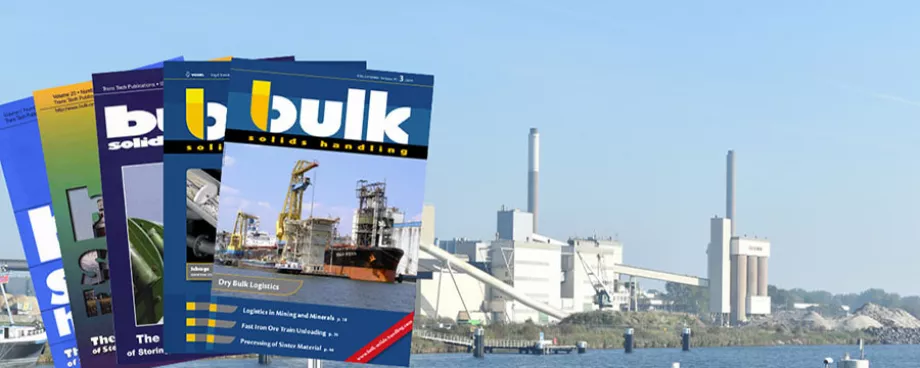A catalytic cracking plant usually consists of reactor, stripper and regenerator Interconnected through pipes known as standpipes or risers as depicted in Fig. 1.
Hydrostatic head difference In the sides of the circuit enables the catalyst to circulate at enormous rates of up to 120 tonne min·1 (Matsen, 1976). On the regenerator side, solids descend down the standpipe by gravity in a dense form, through the slide valve then are conveyed pneumatically up the riser into the reactor in a very dilute fashion.
The main function of a standpipe is often to transport solid (and gas) from a region of low pressure to a region of higher pressure. During normal operation pressure increases in the downwards direction as a result of gravity head and there is a positive pressure difference across the slide valve (i.e., P2 > P3 In Fig. 1). The slide valve controls solid circulation rate and prevents oil vapour from getting into the regenerator which otherwise may form an explosive mixture in the regenerator. Such occurrence is prevented in practice by the automatic shut off of the slide valve when (P2 minus P3) falls below a preset value. Such valve shut off can lead to costly shutdown of the entire plant. Thus a stable and adequate pressure build-up in the standpipe is important to ensure smooth catalyst circulation. In this paper, the causes of the common problems will be discussed in the light of recent advances in understanding of standpipe flow.
■







